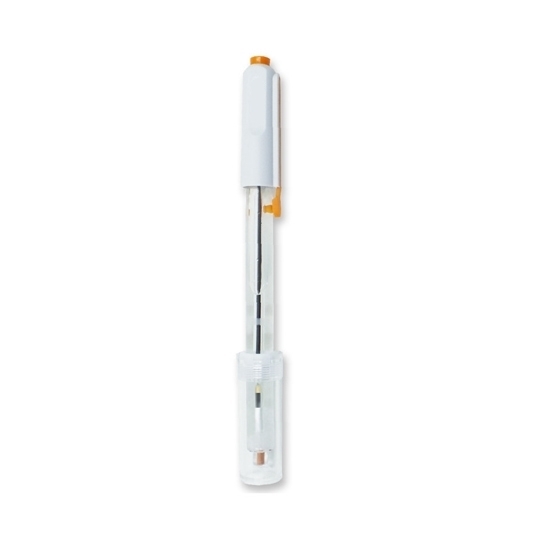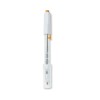



- Stock: In Stock
- Model: RDDLZ-RE-CK2SO41
- Weight: 1.00
- SKU: RDDLZ-RE-CK2SO41
Available Options
In applications such as corrosion monitoring in pipelines or structural materials, the mercury sulfate reference electrode plays a crucial role in providing a reliable reference point for half-cell measurements. It is a preferred choice in research and industrial settings where precise electrochemical measurements are essential for understanding corrosion mechanisms and optimizing corrosion protection.
Specification
| Model | RDDLZ-C(K2SO4)-1 |
| Electrode Type | Mercury Sulfate (HgSO4) Reference Electrode |
| Reference Type | Mercury Sulfate Single Salt Bridge Type |
| Salt Bridge Material | Ceramic Sand Core |
| Filling Liquid | Saturated K2SO4 |
| Shell Material | Glass |
| Temperature Range | 5℃~55℃ |
| Dimension | φ12*120mm |
| Connector | U-Shaped Fork Piece |
Dimension
Detail
Application
Tips: Can mercury sulfate reference electrodes be used in high-temperature environments?
Mercury sulfate reference electrodes are generally not suitable for high-temperature environments due to the potential decomposition of mercury sulfate at elevated temperatures. At temperatures above 50 degrees Celsius, mercury sulfate may undergo thermal decomposition, leading to the release of toxic mercury vapors. This not only poses safety concerns but also affects the electrode's stability and reliability. In high-temperature applications, alternative reference electrodes, such as those based on solid-state or molten salt electrolytes, are preferred. These alternatives can withstand elevated temperatures without compromising their performance, making them more suitable for demanding industrial processes or research applications where temperature extremes are a consideration. Therefore, it is advisable to choose reference electrodes specifically designed for high-temperature conditions to ensure accurate and safe measurements.
